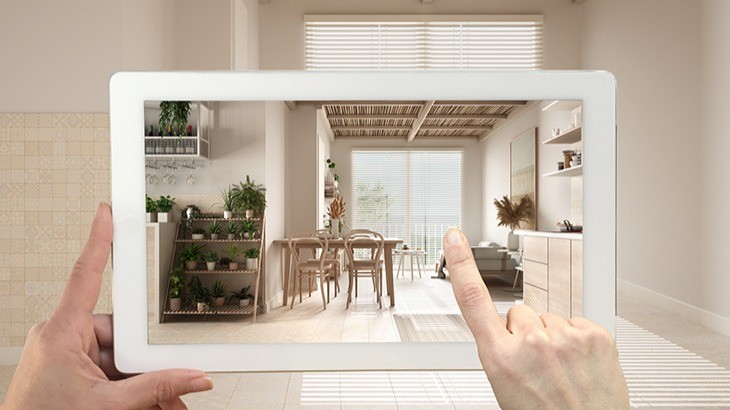
In today’s digital age, the concept of the metaverse has taken the world by storm. As more and more people spend time in virtual environments, the importance of creating immersive and engaging spaces has become paramount. This is where the field of interior design comes into play, as designers are now tasked with crafting virtual spaces that have a real-world impact. But how exactly does interior design translate into the metaverse, and what are the key considerations when designing virtual environments for today’s tech-savvy audience?
The Intersection of Interior Design and the Metaverse
Interior design has always been about creating spaces that are not only visually appealing but also functional and comfortable. In the metaverse, these principles are taken to the next level, as designers have the ability to create environments that defy the laws of physics and traditional design constraints. From futuristic skyscrapers to fantastical landscapes, the possibilities are endless when it comes to designing virtual spaces. But it’s not just about creating visually stunning environments – it’s also about creating spaces that are interactive and engaging. In the metaverse, users expect to be able to move through and interact with their surroundings in a way that feels natural and intuitive. This means that designers need to consider things like user flow, navigation, and accessibility when creating virtual spaces.
Key Considerations for Virtual Environment Design
When designing virtual environments for the metaverse, there are a few key considerations that designers need to keep in mind. First and foremost, it’s important to create spaces that are visually cohesive and immersive. This means paying attention to things like lighting, texture, and scale to create environments that feel realistic and engaging. Additionally, designers need to think about how users will interact with the space and how they can create meaningful experiences within it. This might involve incorporating interactive elements like puzzles, games, or challenges to keep users engaged and entertained. It’s also important to consider how the space will evolve over time and how it can be updated and refreshed to keep users coming back for more.
The Impact of Virtual Spaces on the Real World
While the metaverse may be a digital domain, the impact of virtual spaces can be felt in the real world. For businesses, creating a strong presence in the metaverse can help drive brand awareness and engagement, leading to increased revenue and customer loyalty. For individuals, virtual spaces offer a unique opportunity to connect with others, explore new worlds, and express themselves in ways that may not be possible in the physical world. By leveraging the power of interior design in the metaverse, designers have the opportunity to create virtual spaces that have a lasting impact on users. Whether it’s designing a virtual showroom for a retail brand or creating a virtual office space for remote workers, the possibilities are endless when it comes to crafting immersive and engaging environments in the digital realm.
In conclusion, the metaverse presents a unique opportunity for interior designers to showcase their creativity and innovation in new and exciting ways. By understanding the intersection of interior design and virtual environments, designers can create spaces that captivate and inspire users, ultimately driving real-world impact and engagement. The future of interior design is digital – and the possibilities are limitless in the ever-expanding world of the metaverse.
